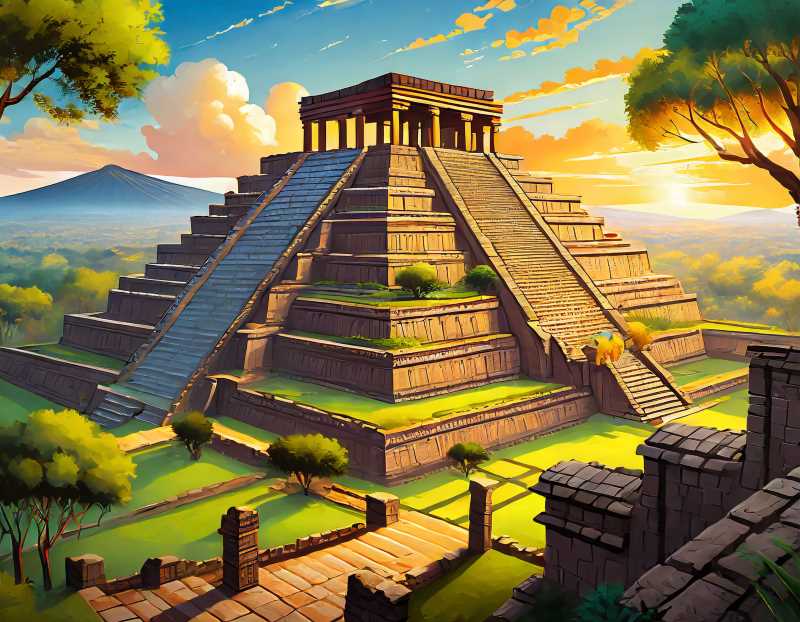The Rise and Fall of Moctezuma II and the Aztec Empire
In 1502, Motecuzoma II rose as the Aztec ruler, merging priesthood with authoritarian rule. Faced with the Spanish conquest and wavering faith, he met a tragic end, marking the fall of the Aztec Empire's ascendancy from obscurity.

It was the year 1502, a time when history took an intriguing twist. The Aztec empire, firmly rooted in tradition, was about to witness a seismic shift. In a world where warriors and priests played pivotal roles, a new leader emerged, one who had traversed the path from the battlefield to the sacred temples. His name was Motecuzoma II, Xocoyotzin, known as “the young.”
In a custom as old as the empire itself, the great assembly of callpulli representatives, warriors, and priests convened to decide who would be the new tlacatecuhtli, the supreme ruler. The condition was simple, the candidate had to be of the lineage of Acamapichtli. Among the contenders, Motecuzoma, a 35-year-old priest and descendant of Axayacatl, stood out.




